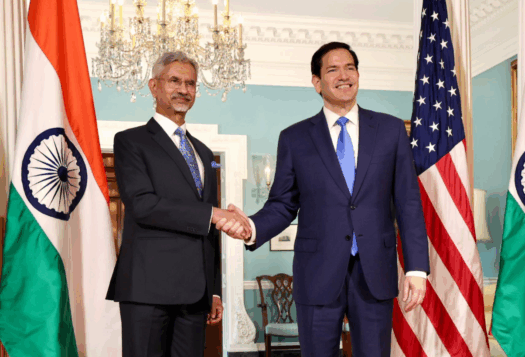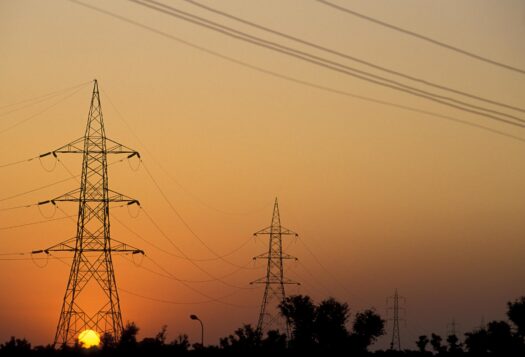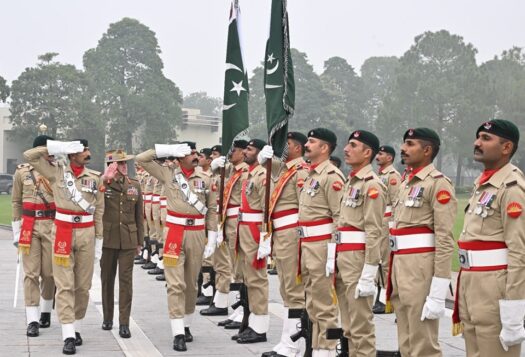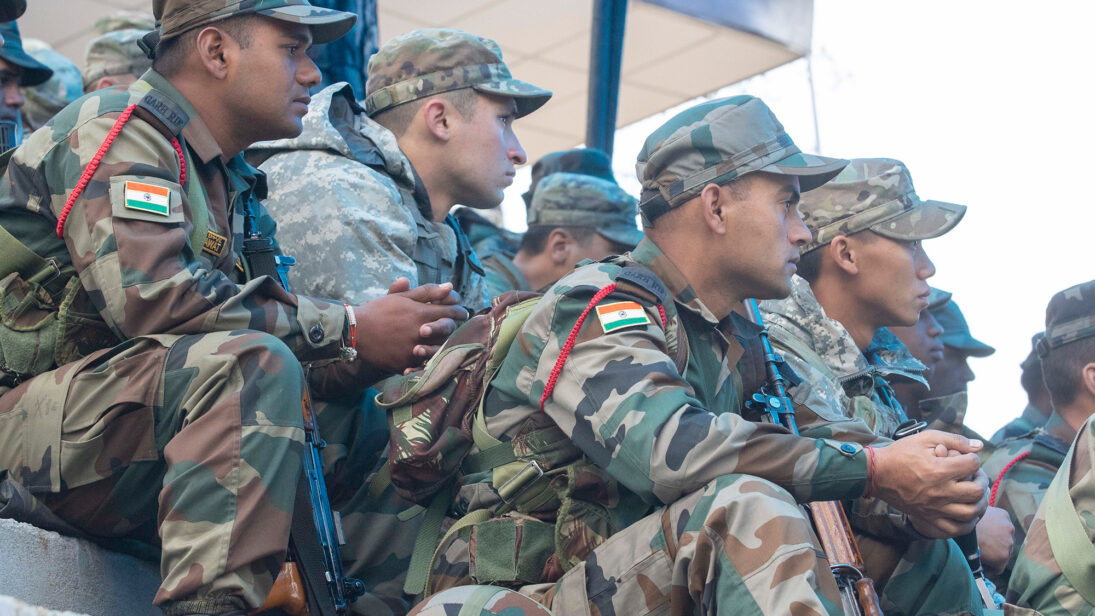
On June 14, India’s defense minister—flanked by the three service chiefs—rolled out the Agnipath scheme. The scheme is a “transformative reform” in the military’s method of recruitment and retention and was also a source of instant controversy and opposition following its abrupt announcement, with protests surfacing across the country along with vocal criticism from many including retired military officers. Beyond the immediate anger over the loss of a pathway to long-term employment and a pension plan for India’s youth, the scheme also creates two major long-term risks that may not be amenable to correction. The first, is the potential for declining operational effectiveness as India faces potential threats two contested borders, the second—and more difficult challenge to address—is the long term threat India may face internally from a more militarized society as a majority of Agniveers re-enter society after four-years of service.
Agnipath: Content and Controversy
Since 1966, the Indian military has been comprised of volunteers for long duration service, who retire with a pension at the end of their period of service. The new scheme, Agnipath, has only 25 percent of those recruited continuing in service through retirement, while others are let back into the economy after four years with a golden handshake.
Beyond the immediate anger over the loss of a pathway to long-term employment and a pension plan for India’s youth, the scheme also creates two major long-term risks that may not be amenable correction.
Recruiting will also now be on an “All India All Class” basis, implying that it would be merit based and open to all eligible Indians volunteering to serve as Agniveers. This does away with the earlier recruitment pattern based on province level vacancies, where those entering the army were impacted by “single class” and “fixed class” or ethnic based regiments. Though the government has promised to retain the time-tested regimental system, apprehensions remain over some ethnic groups advantaged by regiments comprising soldiery primarily from their ethnic groups standing to lose out if intake into regiments were to be thrown open to all.
The scheme got off to a controversial start. Youth who were waiting to take their chance at a job offering a lifetime job security took to the streets, venting their frustration by blocking rail and highway traffic at times for several days and damaging government property and clashing with police. Commentators, particularly knowledgeable military veterans, criticized the scheme, mainly on two counts: the impact on the regimental system and fears that the majority exiting the three services after their four-year contract may not find easy placement in an economy facing wide spread youth unemployment. In response to some of these criticisms, the government has catered for quotas to absorb Agniveers into other sectors such as central police organizations.
The protests eventually subsided following the military’s threat that it would not recruit those involved. The military also promised improvements to the scheme, and is currently engaging extensively with stakeholders to clarify doubts. For its part, the government put its political weight behind Agnipath, with the prime minister endorsing it. Corporate groups also stepped up, indicating that they would do their part in absorbing the military-trained and disciplined manpower released by the military.
Even as the Supreme Court has agreed to list a petition against the scheme, the recruitment process is already underway. Since recruiting was suspended two years back due in part to the COVID-19 outbreak and in anticipation of the scheme that has been under discussion since then, the initial intake will help tide over the shortfalls that have developed from retirees leaving when their terms ended. By about early next decade the military’s make up would have changed as intended by the scheme to a youthful, technology-oriented profile of service members. Since most of those leaving would not be liable for a pension, the money saved is intended to be ploughed back into capital procurement. India’s substantial youth population is intended to have an employment opportunity, which in the short-term can boost life and work skills for India’s economy—on course to become a $5 trillion dollar one by later this decade.
The Long-Term Risks: Operational Costs and Militarizing Society
While the government and military have responded to some of the immediate doubts surrounding the scheme, Agnipath also presents two major long-term and more entrenched structural challenges that will need to be addressed for the scheme to be successful. The first is related to the military’s operational effectiveness and the second to the impact on society of those released by the military over the coming years.
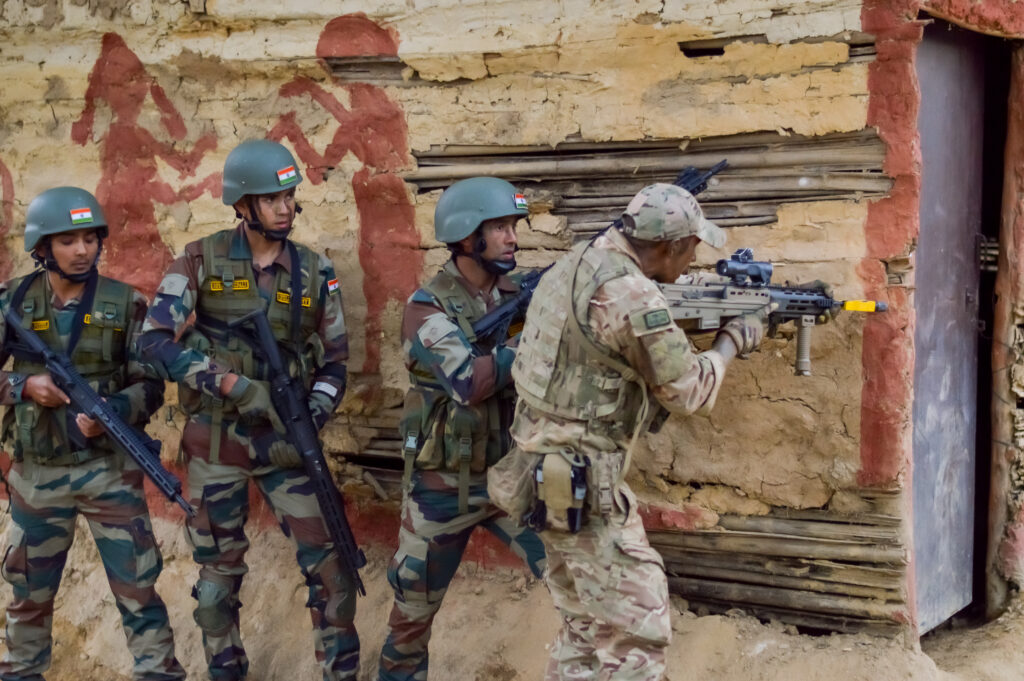
On the operational-side, four years is rather short for turning out a trained soldier. While this time frame might be possible for an infantryman, force multiplication in the infantry rests on primary group cohesion—which cannot be formed amidst personnel turbulence. Further, the competition to be retained in the service as opposed to being laid off after four years might degrade horizontal bonding between Agniveers. A gap between the new recruits under the scheme and long-term soldiers will also require managing, placing an inordinate premium on junior leaders. In combat arms and support arms, the training on technical equipment requires more time and a necessity to retain trained manpower for longer. With two adversaries to contend with, each necessitating an active deployment along contested borders, India cannot afford to risk operational under-performance. Consequently, there are constructive suggestions that the scheme be adapted with a longer term of service for Agniveers, with one suggestion calling for a tenure of seven years of service. This might alleviate the problem, while retaining the youth profile. However, financial issues, such as gratuity becoming applicable for employees with over five years of service, will have to be tidied over.
The second criticism, though speculative, is the more consequential. The government had indicated that one of its aims was to turn out a generation of youth imbibed with a sense of nationalism as part of their military training and experience. This positive aspect will help incentivize the hiring of Agniveers within the Indian economy after they leave service. However, since this would be a cohort trained in military weapons and tactics, should Agniveers not being absorbed suitably into the economy—and even if a small proportion go astray—there would be a price to be paid by society.
Expectedly, a political critique has it that the main idea behind the scheme is to militarize society at a time when the right wing has come to dominate political culture in India. The right has been ideologically inclined towards social militarization, believing that India has been timid historically, resulting in it being repeatedly invaded. The emphasis on strength is perhaps best evident from the Rashtriya Swayamsevak Sangh’s training in groups called shakhas.
Agniveers would be available for indoctrination into right wing ideology and will add to the numbers and capability of foot-soldiers of cultural nationalism. Their potential participation in riots and intimidation, particularly of India’s minority Muslim community, could worsen intercommunity tensions. The State could potentially lose the monopoly over violence, making it difficult for it to control communal violence that periodically besets India.
Resorting to repressive tactics will likely heighten instability and grievances, making for a vicious cycle and make the conflict longer lasting or more intractable.
Finally, Agniveers, who are relatively less trained and integrated into subunits, may be deployed in areas of internal conflict in India, such as Kashmir and portions of the North East. The lack of sufficient training and integration into units may heighten the violent suppression of dissent, manifesting as insurgency or greater unrest in such areas. Since the scheme is meritocratic, there is likely to be a higher representation from advantaged political and economic centers, which can add to malevolence between the military and the host populace. With those from the social and geographic periphery being under-represented, it will be difficult to balance against the suspicion through which counterinsurgency missions usually view the populace. Resorting to repressive tactics will likely heighten instability and grievances, making for a vicious cycle and make the conflict longer lasting or more intractable.
Can a Course Correction Take Place?
The military has affirmed that the scheme will be improved once feedback becomes available as it acquires traction. As the military will be particularly sensitive to the possible impact on operational effectiveness, it can be expected to take the relevant measures.
However, how society responds to the surfeit of Agniveers is an open question. While the government thinks a disciplined manpower will be made available for the economy, skeptics are worried. Social fault lines have only deepened. Therefore, it is the social consequence of the scheme – in its adding fuel of manpower trained in violence to the divisiveness in society – that might yet prove its Achilles heel. An answer to this has to be found within four years when Agniveers start being released into society.
***
Image 1: U.S. Indo-Pacific Command via Flickr
